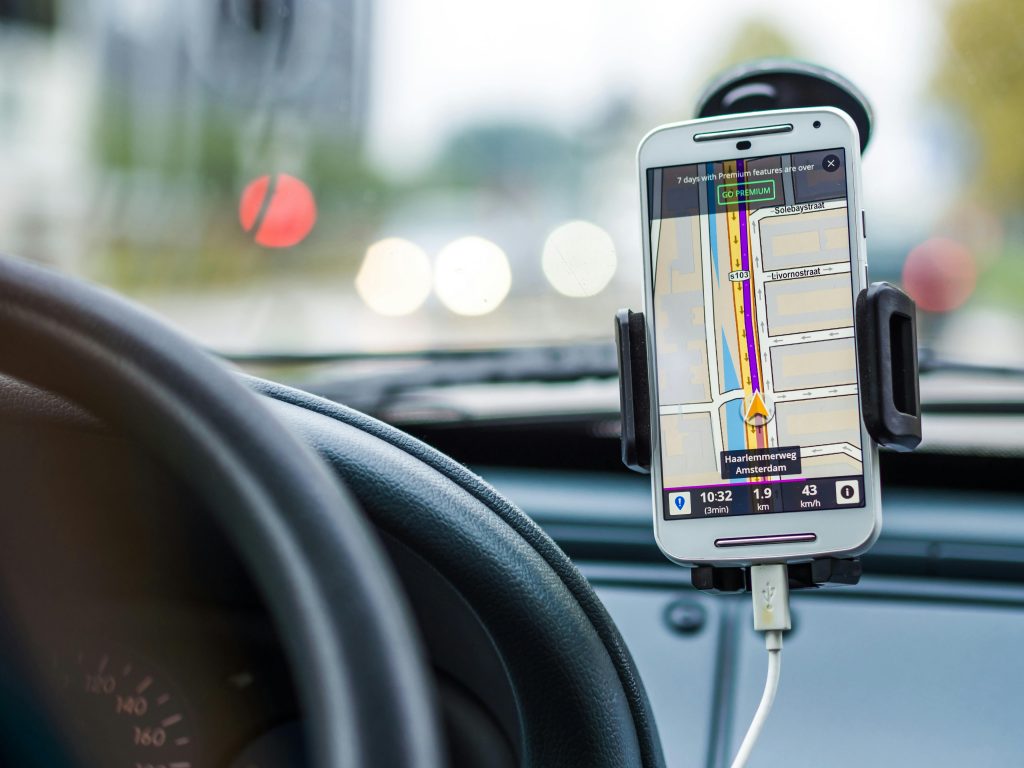I was baffled to read that if I’m using Tesla’s Smart Summon feature [which the company says can fetch your vehicle for you under certain conditions], I’m responsible if my car hits something or someone. Can I sue a car company if their feature is dangerous, even if there is a disclaimer in the manual? – Anton, Ottawa
If your car crashes while you think it’s driving itself – you’re likely on your own. While you could sue the carmaker, it won’t be an easy case to prove, one legal expert said.
“I’d try to argue that providing features that are inherently dangerous and are known not to work well is a design flaw,” Dan Priel, a professor at York University’s Osgoode Hall Law School in Toronto, said in an e-mail. “It’s impossible to tell whether it will succeed in a given case without looking into the technical specifications of the product, but it’s never an easy claim.”


If you get into an at-fault crash with any of these features, you could face higher insurance rates – and even careless driving charges.
Tesla’s Smart Summon is a driver-assist feature that claims to turn your car into a valet; by using your phone’s GPS as its target destination, it can drive itself to you without anyone in the driver’s seat. It has been available on some Teslas since 2019.
But in most provinces, including British Columbia and Quebec, it’s illegal to use on public roads and private property that’s used by the public, including mall parking lots.
Tesla’s owners’ manuals have various disclaimers, including: “For the features available on your vehicle, always comply with local laws and limits to ensure the safety of you, your passengers and those around you.”
Another disclaimer says the feature is “designed and intended for use only on parking lots and driveways located on private property where the surrounding area is familiar and predictable … it is your responsibility to familiarize yourself with the limitations of Smart Summon.”
When a Montreal driver contacted Tesla after his Model 3 turned into a parked car while he was using Smart Summon at a mall, the company said he was responsible.
Tesla did not respond to multiple requests for comment.
…
Legal to sell?
Could carmakers be liable for selling features that drivers can’t legally or safely use? Priel doesn’t think so.
“Carmakers are not liable if drivers use their products illegally – breaking traffic laws, as a getaway car for a robbery, for human trafficking” Priel said. “Most cars have the ‘feature’ of driving way above the speed limit, yet they are sold without manufacturers facing liability if drivers use this feature.”
Unless there’s a specific law banning carmakers from selling cars with a certain feature, “it is the responsibility of the driver not to use features illegal in their jurisdiction,” Priel said.
Right now, there are no regulations or safety standards in Canada for semi-autonomous or autonomous features.
It is “nuts” that a self-parking feature is allowed even though it’s not legal in most jurisdictions or safe to use, said George Iny, president of the Automobile Protection Association, a national pro-consumer advocacy group with offices in Toronto and Montreal.
“I can see it possibly happening for say, half a model year, because nobody thought to check,” Iny said. “Vehicle designers, provincial highway code regulators and insurance companies mostly talk past one another and inhabit separate silos. But by now there should have been some dialogue.”
So shouldn’t all car companies be making sure that consumers understand what these driver-assist systems can and can’t do?
“Yes, but they don’t. The job is left up to the salesperson at the dealership, along with pairing your old phone to your new car [and] setting up your contacts,” Iny said. “It’s not realistic to expect a customer to assimilate so much information at delivery. And it’s not really fair to leave all the training to the frontline person in the hierarchy, a commission-based salesperson with little formal training and support from management.”
